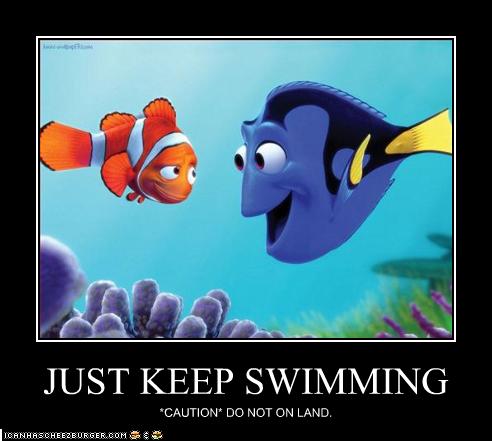Pressured by Alana to write a post because our consistency has been awful lately (we are very busy, but no real excuses exist, I have enough time a day to write ONE post), I am going through the most difficult process.. deciding what to write about. I can write about anything, or try to… I mean it might not be good but I can go on and on if I want to. So I’ll save the favorite video games of the past year post for when I’ve played a few more I want to finish, my dinner tonight was disgusting so forget that (over 1600 frozen calories), I took the past two days completely off workouts and three from climbing because of forearms splints and just being sick.
I need rest to recover quickly (I hope), so let’s talk about something obvious for me… swimming. This isn’t going to be in detail, I’m just going to talk a bit about swimming. Of the over fifty hours a week that I work, or will be working, almost all of it is related to swimming or aquatics. So let’s break it into a few categories… continue if interested:
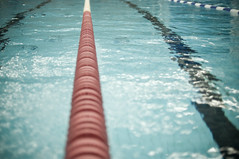
Swim training
Water Safety: This is the most important of all aspects of aquatics. Whether you’re at a birthday party playing pool games, swimming laps to stay in shape, working on your strokes to qualify for an event, surfing in Southern California, snorkeling in the keys, or scuba diving in Southeast Asia, you always need to consider safety and it starts at a very basic level.
Learning to be comfortable and not scared of the water is the first step before you can become proficient at any aquatic skill. If you’re scared of drowning at a very forward level (everyone should be aware of it) then you need to get over that fear quickly. Having children get comfortable with the water at a young age will allow them to break into learning how to actually swim easier, so it’s never too early to start. But it’s also never too late to start! Better early than late but better late than never. If you aren’t comfortable or children that are dear to you aren’t either, then you need to find someone to work on that.

Just keep swimming!
Swimming: Swimming is a great way of moving efficiently, doesn’t always have to be quickly, once you’ve got your water safety and comfort taken care of. The key here is to conserve energy and have a means of moving that utilizes your arms, legs, and ability to breathe. That’s right, obviously, breathing is the most important aspect of swimming. I don’t care how fast you can swim with your face in the water if you can’t breathe. Swimming is about survival when it comes down to the nitty gritty. Whether it’s rolling onto your back to float or using a rollover breathe to replenish air before going back into a faster means of moving, breathing it key. Once you have those motor skills involving your arms, legs, and breathing operational, it’s time to think of the next step.
Swimming to workout: Now at the highest level this would include competitive swimming, but the basic level means that you can kick, stroke, and breathe properly so that you can workout without hurting yourself. If your stroke is off, you might hurt your shoulders or something else. If you breathe to one side you might develop a huge knot over there, or you might just develop an uneven stroke. If you don’t kick, you won’t swim as well or you could pull a groin or a muscle in your leg. If you don’t breathe, your workout won’t last long. Even if you’re not competitive think about taking stroke classes so that you can get a better workout by doing breast stroke, back stroke, flip turns, butterfly and other advanced techniques that will activate muscles you’ve never used. You can expand your lung capacity, burn fat, and even more. (Note: Please get proper instruction in how to do butterfly, it’s far too easy to hurt yourself if done improperly.)
Competitive: If you have all your strokes and techniques down, and you’re in good shape or want to be,
join a
team or a
program to keep swimming.
United States Masters Swimming will take anyone not affiliated with some other organizations if you are over 18. It’s a
great chance to keep or start competing.
United States Swimming is another
huge program to look into
especially for
youth, and there are local
clubs for people of all ages if you are in the right spot and look hard enough. Otherwise, join a class and compete against yourself in a strict environment.
YMCAs usually offer lots of programs.

Competition
Recovery: If you are injured or your body has become more fragile there are tons of water therapy and recovery, and fitness, classes that are much easier on your joints.
AEA and
Waterart offer some
certifications in teaching these courses if you are interested. You are never really too old to stop getting in the water.
Extreme: If you want to
surf,
go for it, I recently did and feel comfortable although we just moved after Alana got a new board.
Snorkeling is a
great tourist activity and
scuba diving is the
ultimate underwater adventure. Scuba stands for
self-contained underwater breathing apparatus and it, and the aqualung, were in great part the result of the efforts of the late Jacques Cousteau. I recently had the pleasure of meeting and having lunch with his son,
Jean-Michel. You can either go to
SSI or
PADI to get certified and they last for life and offer endless specialization continuing education opportunities. I am currently enrolled in SSI’s Open Water Diver course, and I plan on completing that and my Advanced OWD by the end of the year. Then it’s onto Rescue Diver and Dive Master but we’ll see how long that takes.

Scuba-ing
If you have any questions about anything aquatics, even ocean conservation, please feel free to leave a comment. I’ll get into more detail about each of these over the next few weeks, possibly expanding by giving each its own post, including ocean conservation and preservation, and everything else.
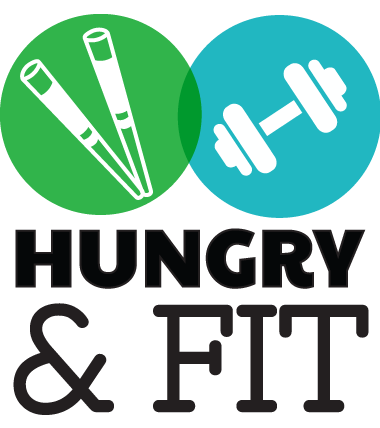


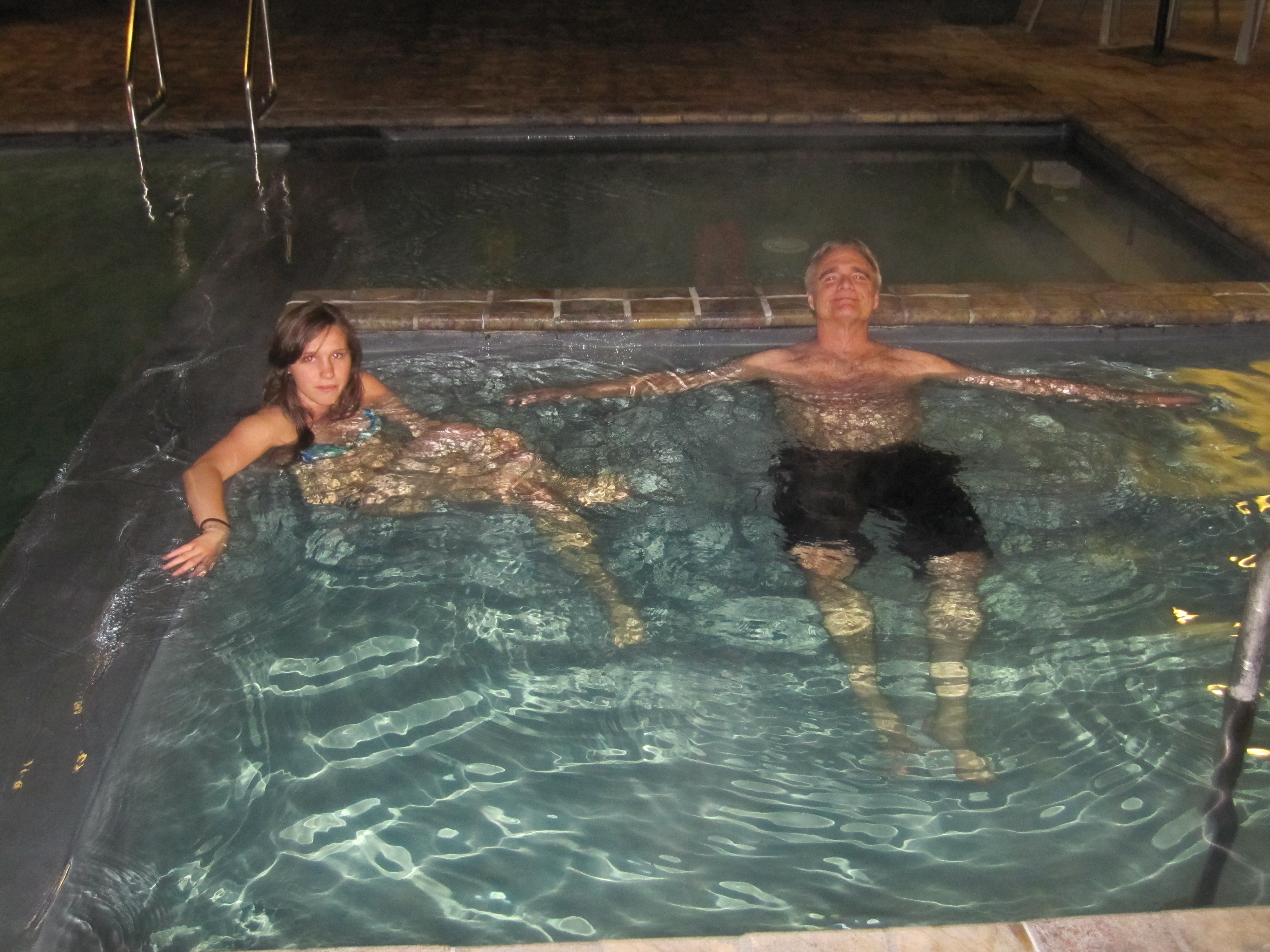


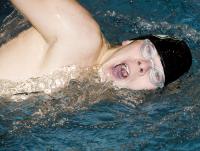



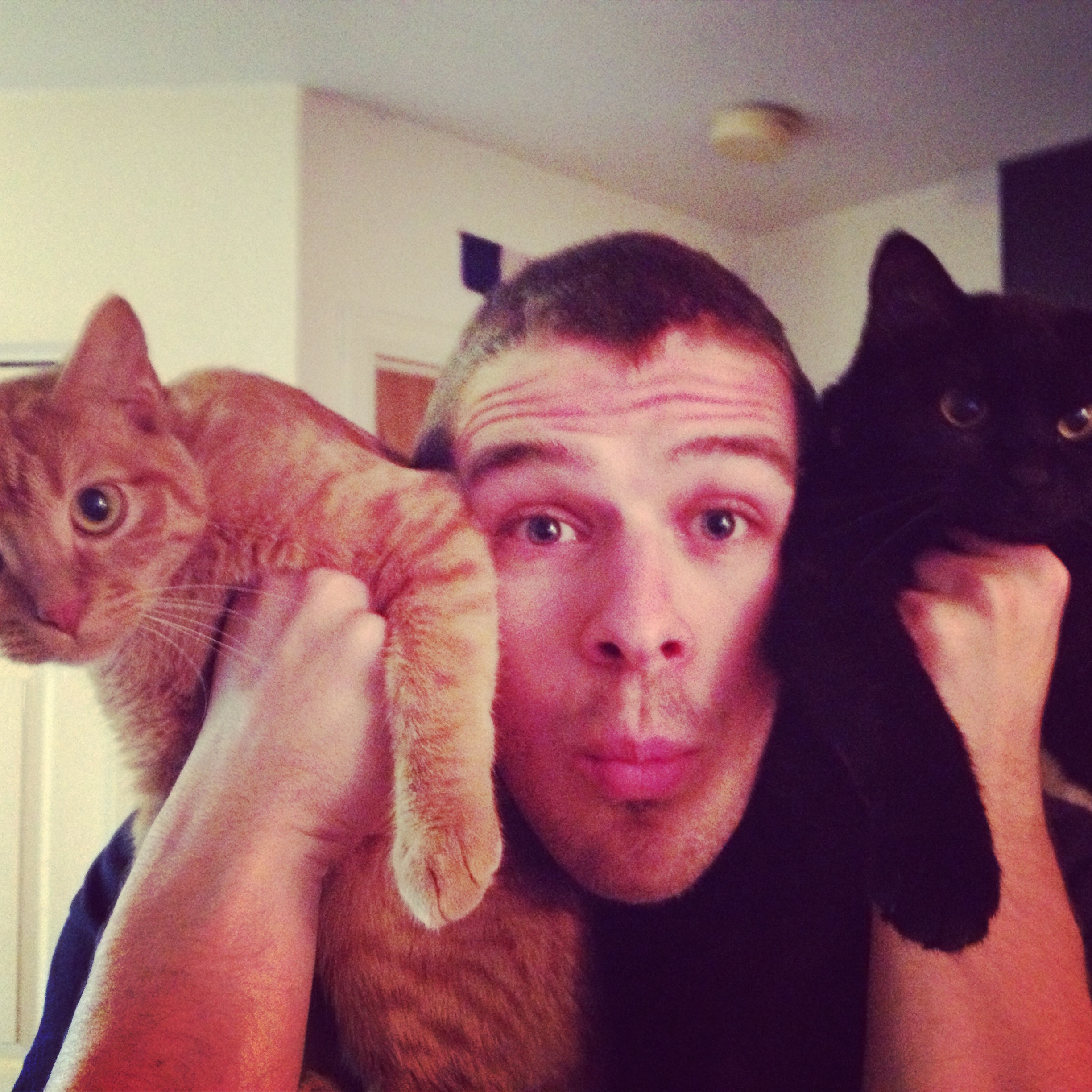
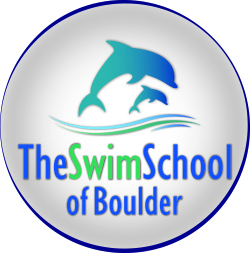


.gif)
